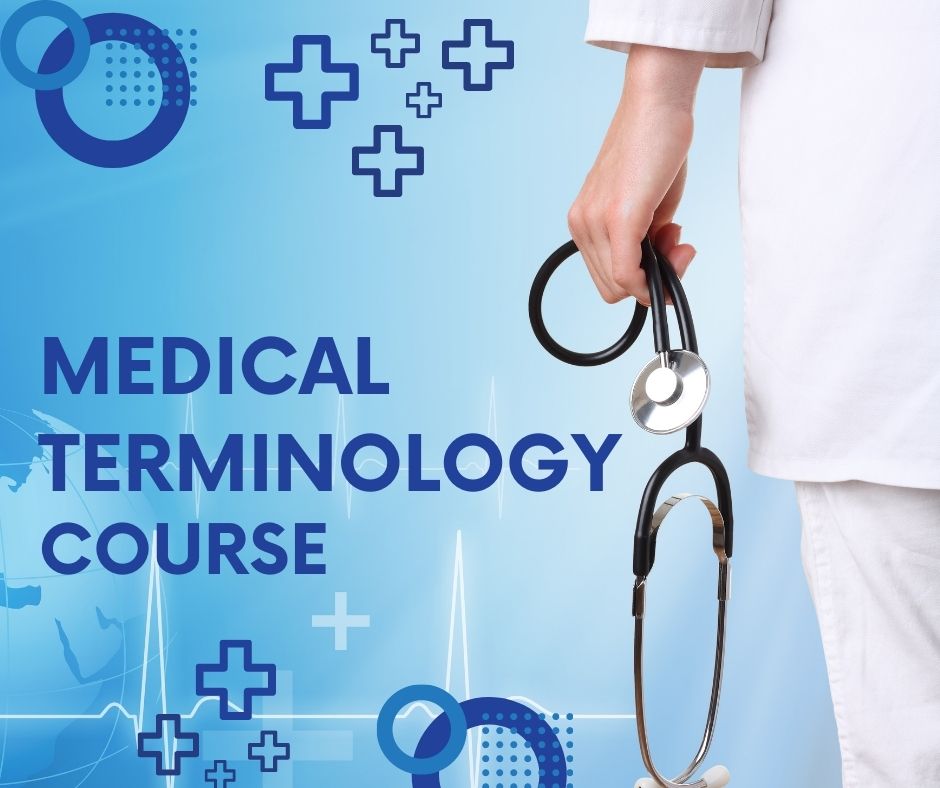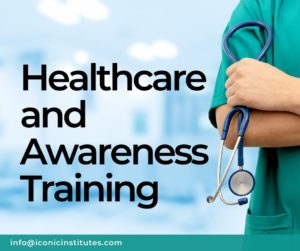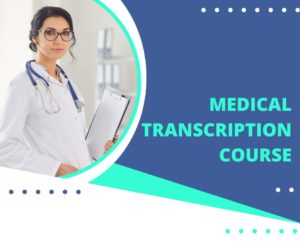The medical terminology course is designed to provide a comprehensive understanding of the language used in medicine, including medical terminology, abbreviations, symbols, and concepts. The course aims to help students develop the skills necessary to communicate effectively with medical professionals, as well as to read and understand medical records, prescriptions, and other medical documents.
Here is a general overview of the topics covered in the medical terminology course:
- Introduction to Medical Terminology: Students are introduced to the principles of medical terminology, including word roots, prefixes, and suffixes, and how to combine them to form medical terms.
- Anatomy and Physiology: Students learn the basic anatomy and physiology of the human body, including the major systems, organs, and tissues.
- Medical Abbreviations and Symbols: Students study common medical abbreviations and symbols used in medical documentation and communication.
- Medical Procedures and Tests: Students learn the terminology associated with medical procedures, tests, and treatments.
- Pharmacology: Students study the terminology associated with prescription drugs, including drug names, dosage forms, and administration routes.
- Medical Specialties: Students learn about the different medical specialties, including their terminology and areas of focus.
- Medical Records and Documentation: Students learn how to read and interpret medical records, including diagnostic reports, progress notes, and discharge summaries.
Overall, the medical terminology course provides students with a foundation in medical language, which can be applied to a variety of healthcare settings, including hospitals, clinics, and research institutions.



